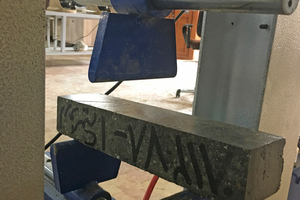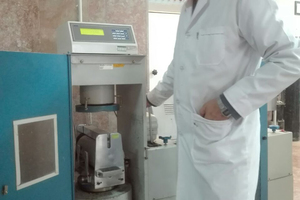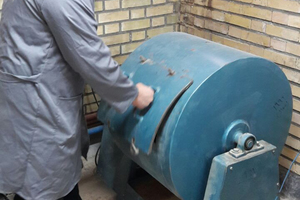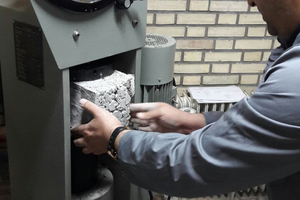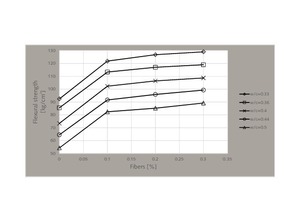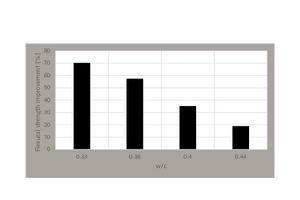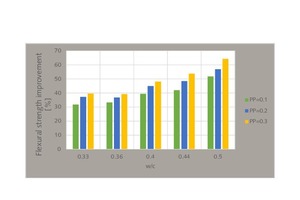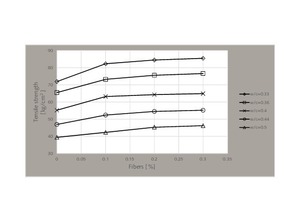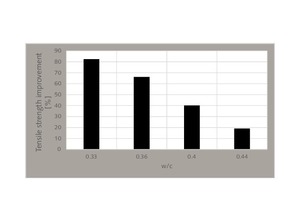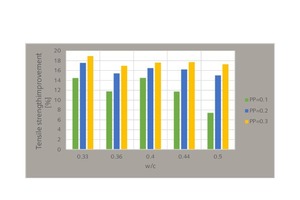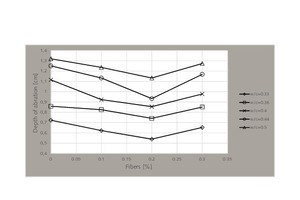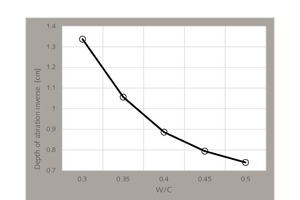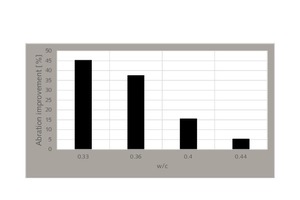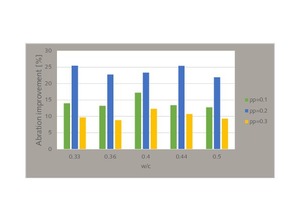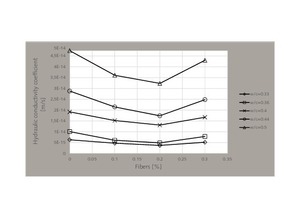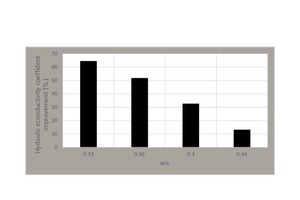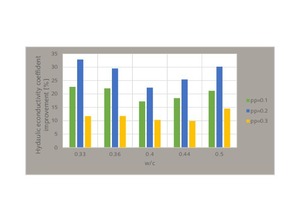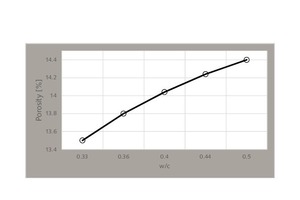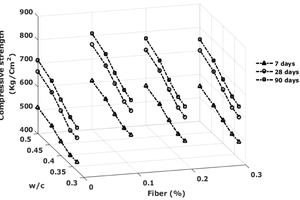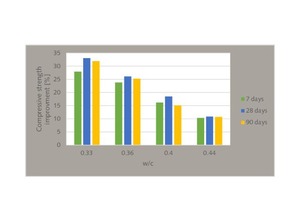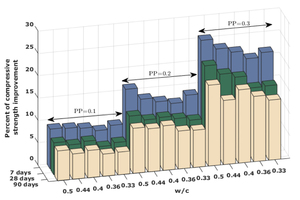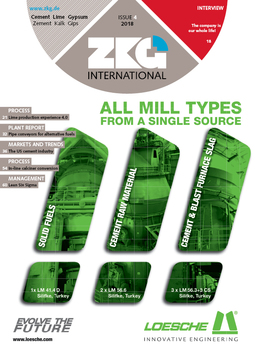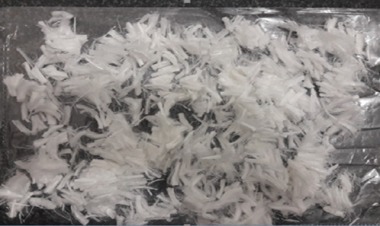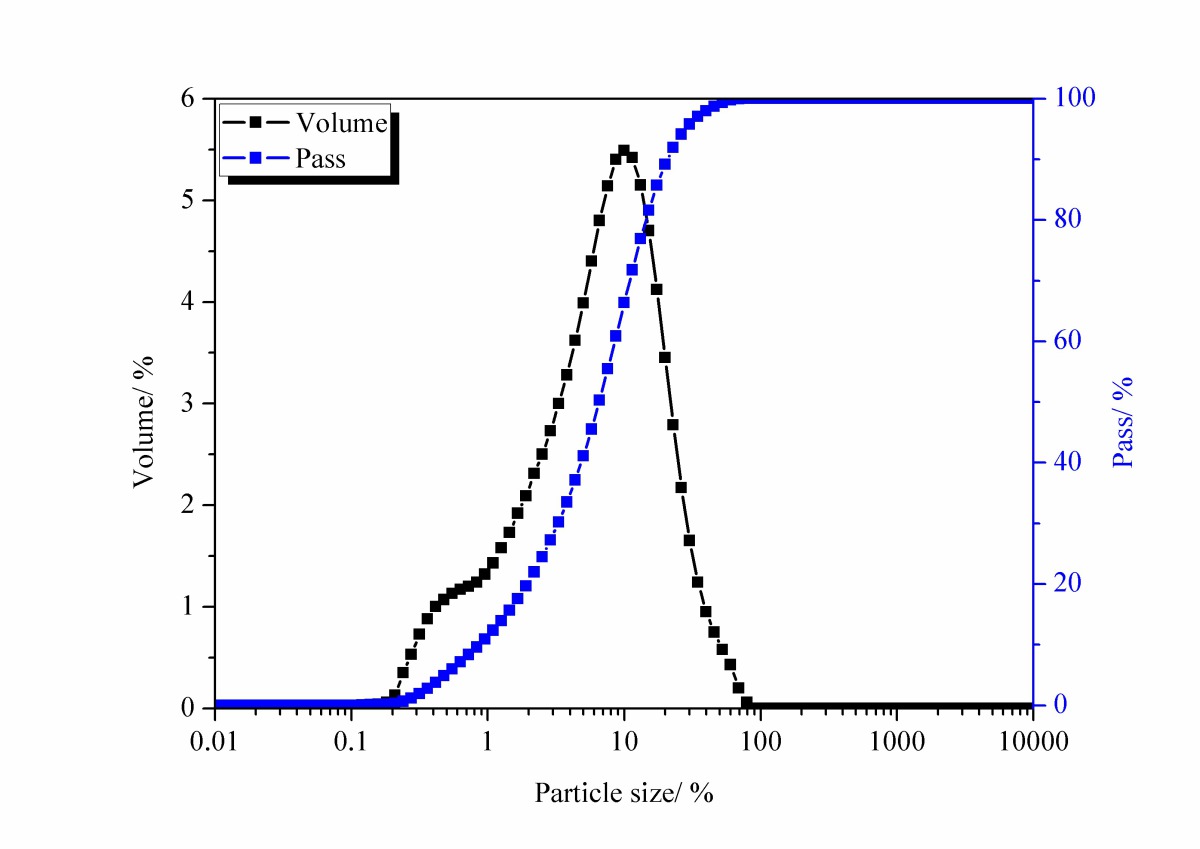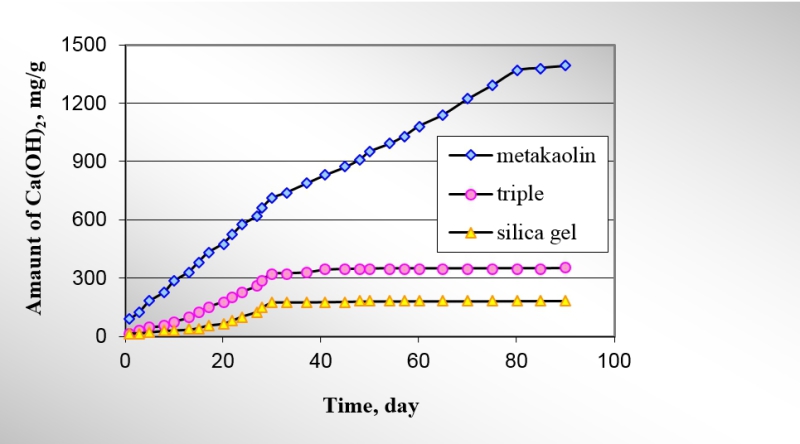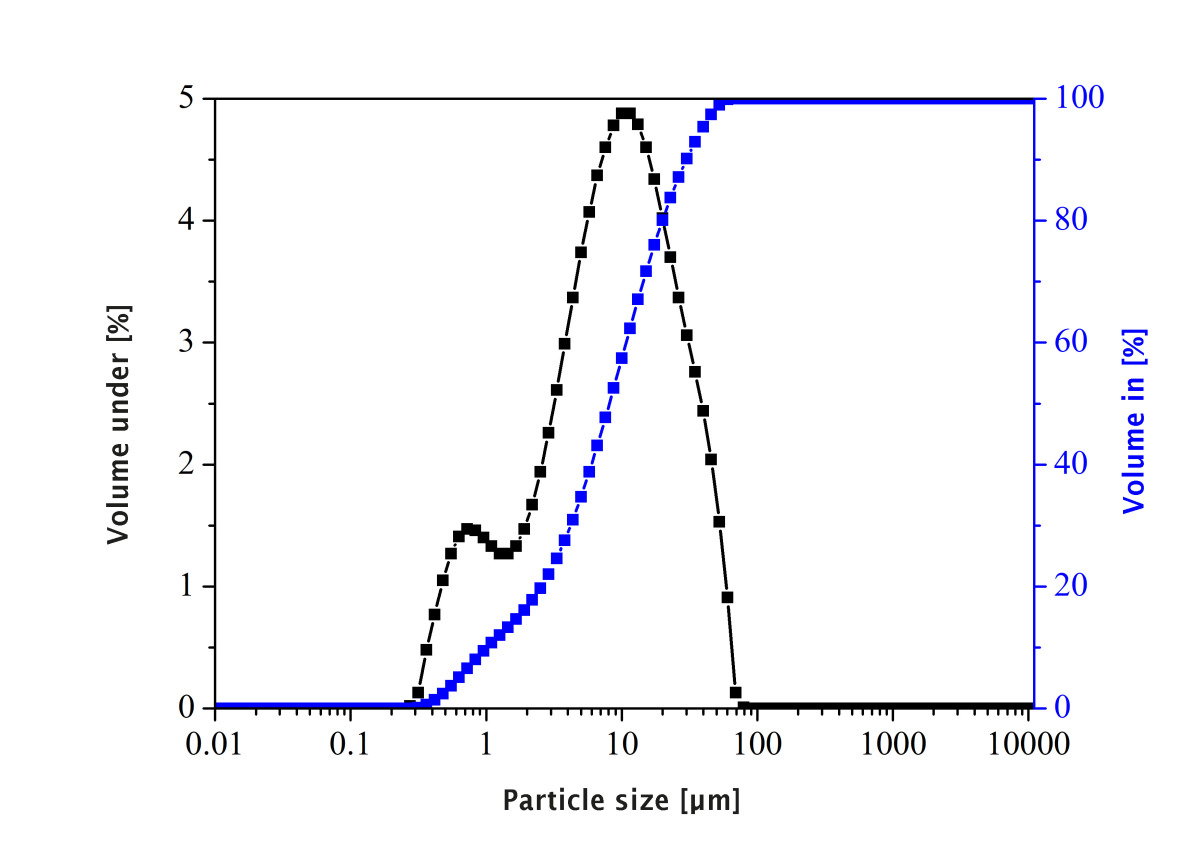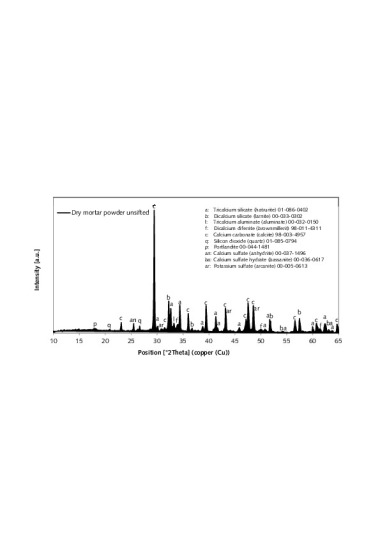Experimental study of the effect of
water-to-cement ratio on various
properties of nano silica concretes
with polypropylene fibers
In this study, 420 concrete laboratory samples were prepared according to 20 mixing designs with various water-to-cement ratios and different fiber contents. Three volumes of concrete with 3 % nano silica were prepared according to the relevant ACI standard. Finally, samples of carbon fiber containing nano silica were tested in terms of compressive strength, flexural strength, indirect tensile strength (Brazilian test), abrasion resistance, permeability and porosity, and their mechanical properties were evaluated. According to the results obtained, the optimal amount of fiber used is 0.3% for flexural and tensile strength, but only 0.1 % for compressive strength by volume of concrete, while 0.2 % by volume proved best for hydraulic conductivity coefficient and abrasion strength, with 3 % nano silica mixed in. The bending strength of the samples with optimal fiber weight was shown to be 49 % higher than that of non-fibrous specimens. For test specimens (indirect excitation), this amount is 18 %.
1 Introduction
The use of various additives in concrete and cement products has attracted special attention in recent years. So far, many researches have been carried out on fiber concrete, but researches on the nano silica concrete containing polypropylene fibers have been more limited. Particularly, the effect of nano silica on fiber concrete, especially polypropylene fibers, has been very sparsely investigated.
For this reason, the use of fiber concrete, especially polypropylene fibers with nano silica, was investigated in this study. High-strength fiber-reinforced concrete has a wide range...

